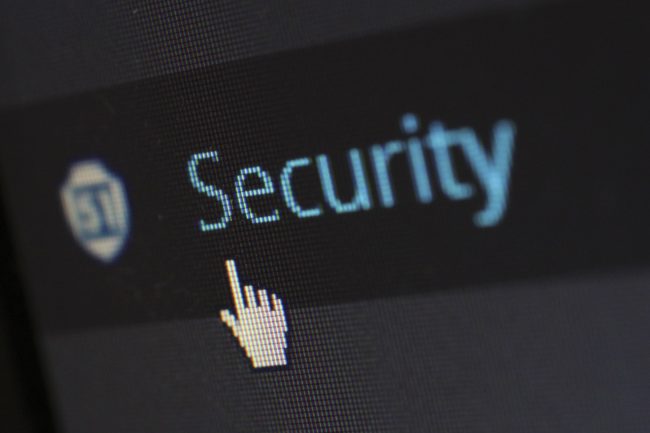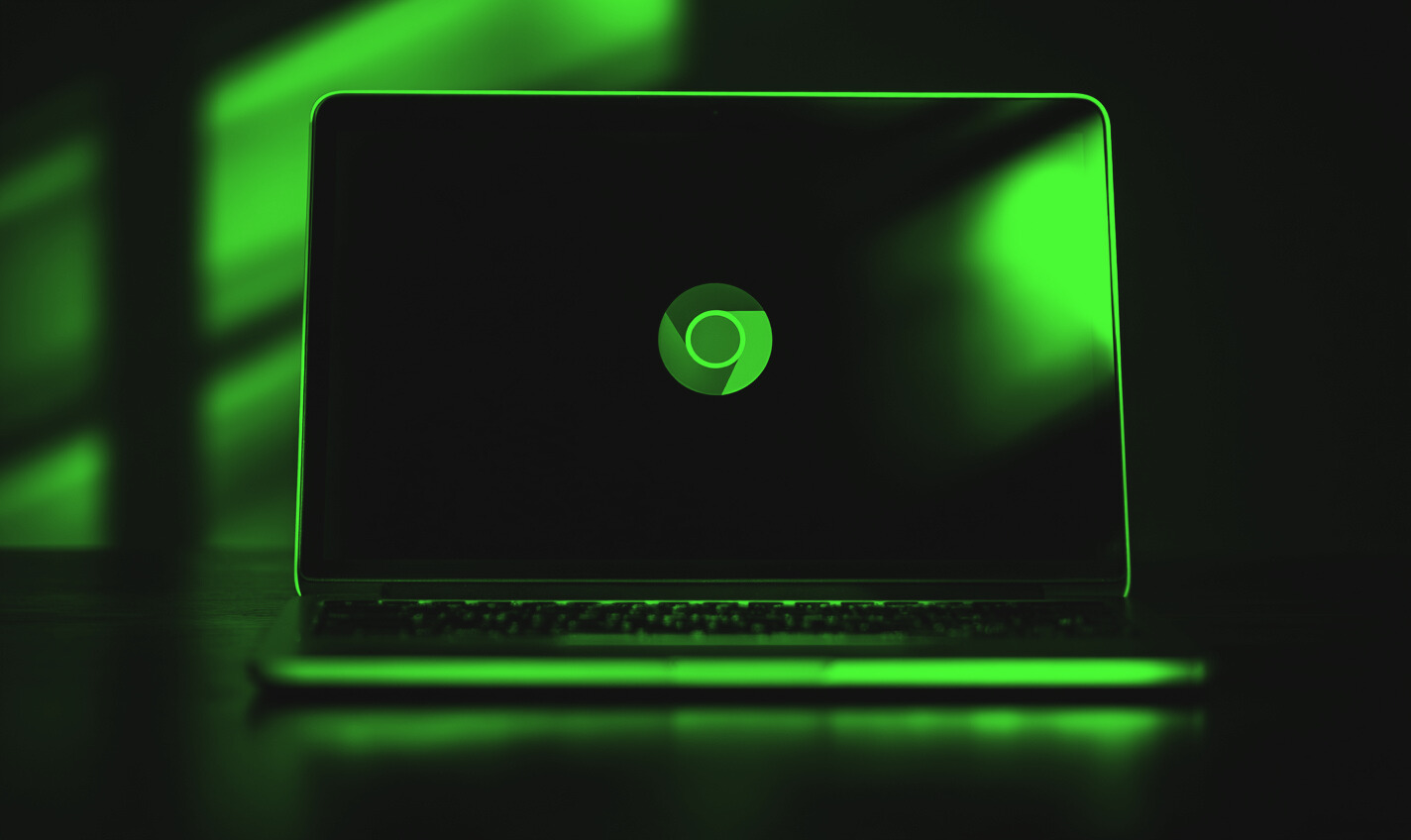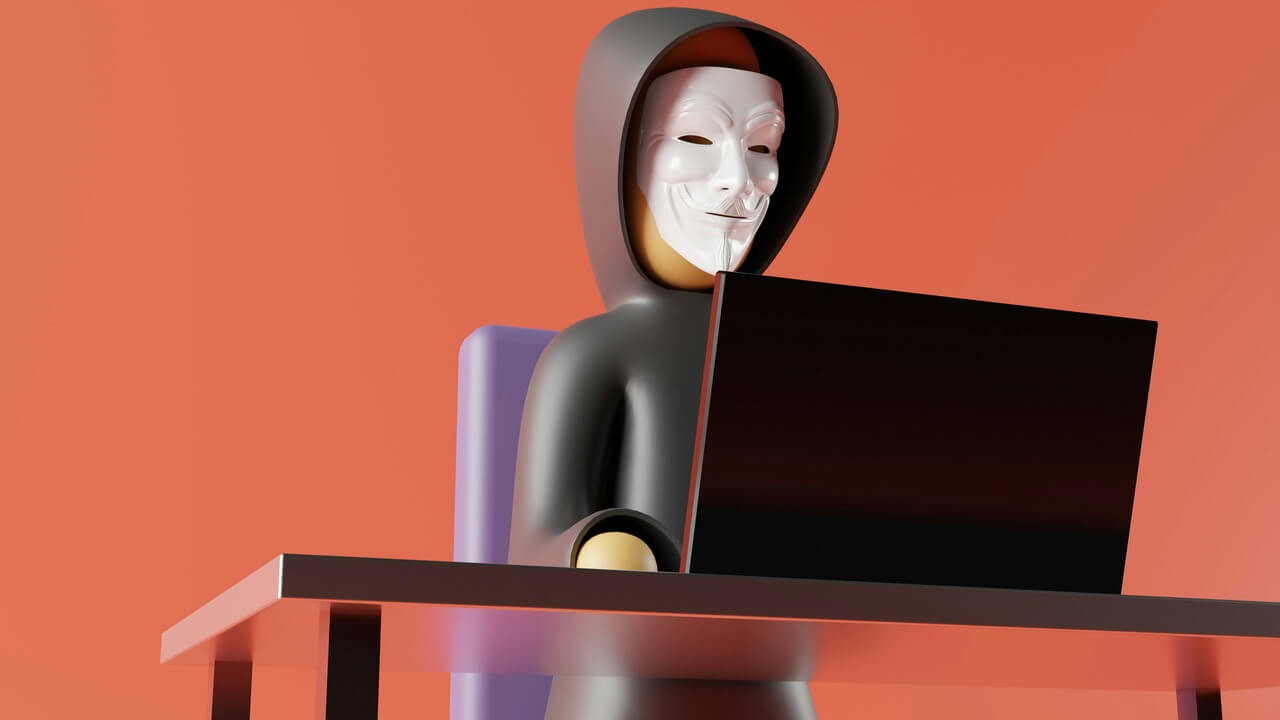Cybercrime isn’t just something that happens to large companies. Individuals are at risk, too, and with so much of our lives online, security should be at the top of everyone’s minds. Two-factor authentication (2FA) is one of the best steps to ensure safety.
If you haven’t been the victim of hacking, you probably know someone who has. A friend’s social media account might’ve sent out suspicious messages, or you could’ve found purchases you didn’t make on your account. 2FA could’ve prevented these scenarios.
What Is Two-Factor Authentication?
Two-factor authentication is a type of multifactor authentication (MFA) that makes the login process more involved. Instead of just entering a password, you’ll have to perform another step afterward to get into your account.
This second step can take several forms. One of the most common is sending a one-time login code to your phone that you have to enter. You’ve probably used this feature on some accounts before, as 79% of people in 2021 have, with many sites using it to verify logins on new devices.
There are three main types of verification for this second step:
- Something you know
- Something you have
- Something you are
Things you know involve steps like answering security questions or using a PIN you set up beforehand. “Something you have” steps are the most common kind, covering things like one-time codes you get through text or email. The most secure type is “something you are,” which refers to biometrics, like facial recognition or fingerprint scans.
Why Is 2FA Necessary?
2FA becomes more important as cybercrime grows and online accounts store more information. Passwords alone typically aren’t enough to stop hackers, and strong password management can be challenging.
Studies show that 52% of people reuse passwords across multiple sites. That’s understandable, considering the average person has to remember more than 90 passwords, but it leaves you vulnerable. Hackers that breach just one account could access plenty of others.
Weak passwords are common, making it easy for hackers to brute force their way into an account. Cybercriminals can also use social engineering to figure out your password, so even unique ones aren’t always safe.
Two-factor authentication is a fairly easy way to protect against these threats. Hackers can’t get into your account even if they have your password when you enable 2FA. It’s a lot harder to breach something with that one extra step. Experts say MFA can stop 99.9% of attacks on your account.
How to Use 2FA
Thankfully, besides offering excellent protection, two-factor authentication is easy to enable. Go into your settings on any online account, and you should see an option for it. It may be referred to as two-step verification or multifactor authentication.
The app or website will walk you through the steps to set it up when clicking this option. Most often, that looks like entering a phone number or email that they’ll send a verification code to. Some sites will give you a choice to use a different method, like biometrics or security questions.
Generally speaking, one-time codes are more secure than security questions, and biometrics are the most protective. However, 2FA should also be convenient, so look for an easy and safe option.
Remember that this extra step isn’t a replacement for good password management but a complement to it. You should still use strong, unique passwords to give yourself the utmost security.
Two-Factor Authentication Is a Crucial Security Step
Cybercrime is always evolving, so nothing is 100% secure. However, using two-factor authentication can stop many attacks on your account.
Anyone can be prey for hackers today. If you don’t have 2FA enabled on your online accounts, you may be a more tempting target than most. Know what risks you face, and take steps to become as secure as possible.
Recent Stories
Follow Us On
Get the latest tech stories and news in seconds!
Sign up for our newsletter below to receive updates about technology trends




